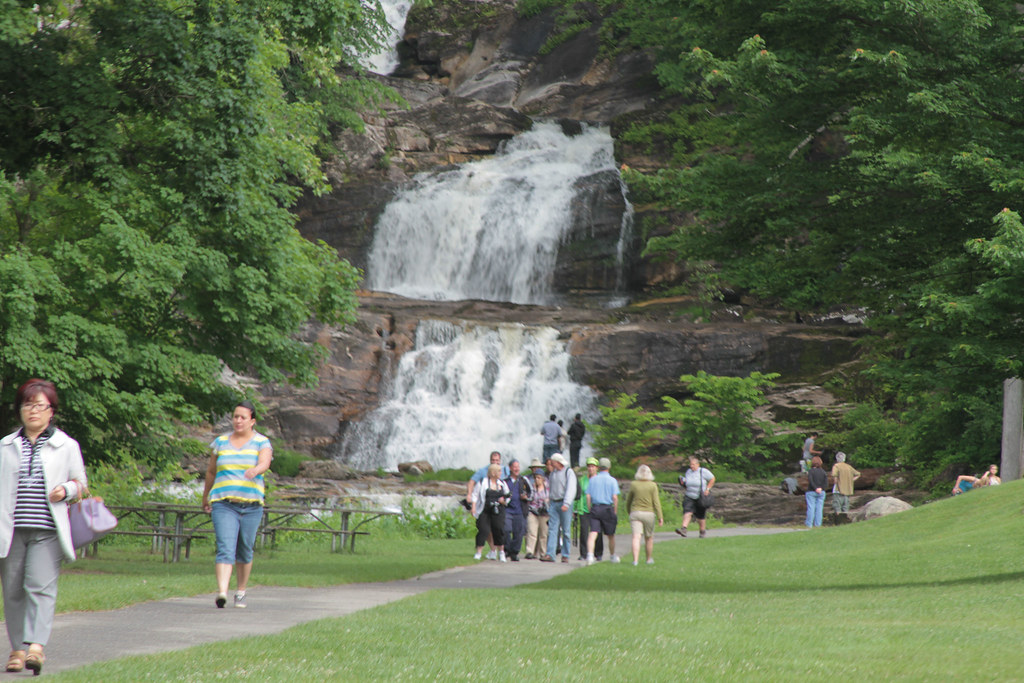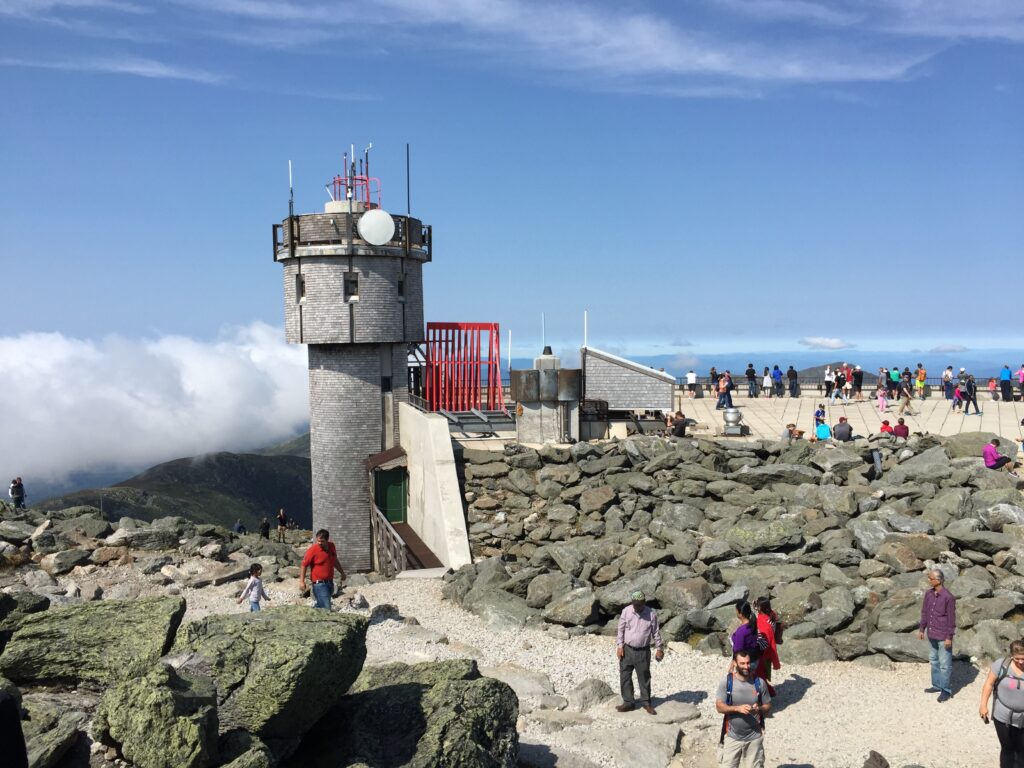So you did all the right things—ditched the daily lattes (okay, some of them), maxed out your 401(k), even downloaded one of those budgeting apps with the soothing graphs. Retirement was supposed to be your reward for surviving the hustle: a golden era of bottomless brunches, yoga retreats, and finally reading that book you’ve had on your nightstand since 2017.
But surprise! In some states, your hard-earned nest egg barely covers the basics. Between housing prices that feel like Monopoly money, healthcare bills that make you clutch your pearls, and taxes sneakier than your ex’s Venmo history, your “rest and relaxation” plan might be more “rice and rationing.” Some places have gotten so expensive, your dream retirement could turn into a nightmare of side gigs and budget spreadsheets.
Whether you’re already eyeing the beach or just mentally quitting your job every Monday, you’ll want to know where your savings won’t stretch. Here are 14 states where retirement is basically a full-time job—and your nest egg might not make it to happy hour.
1. Massachusetts

Massachusetts punches way above its weight in historical charm—and retirement costs. A recent CNBC Make It report ranks the Bay State just behind Hawaii in expenses, with a 25-year retirement costing about $1.8 million. From Boston’s astronomical rent—where a one-bedroom can run $2,700 per month—to hefty state income and property taxes, even the “hometown discount” on clam chowder can’t save your savings.
Top it off with pricy private-school-level healthcare premiums (Massachusetts was the first to mandate near-universal coverage, and premiums show it), plus the occasional Nor’easter driving insulation and repair costs sky-high, and retirees here might find themselves budgeting like college students again—only without the ramen nostalgia.
Want to stretch your savings in the Berkshires instead of Boston? Sure—if you’re okay with limited healthcare options and seasonal utility spikes that’ll melt your snow boots. Even small towns feel the financial pinch, and the state’s aging population means demand for services is rising just as resources tighten. So unless your retirement hobby is lobbying for tax reform, tread carefully in this charming colonial money pit.
2. California

Golden Gate views and Hollywood dreams aside, Californians see their retirement dollars evaporate faster than a coastal fog. A study by the Sacramento Bee shows that $1 million in savings could be toast in about 12 years and 8 months—due largely to sky-high housing costs (think $800,000 median home prices in many metro areas), hefty state income taxes, and premium healthcare.
Add in wildfire-driven insurance hikes, ever-climbing utility bills, and the infamous “California hustle” tax on everything from gas to groceries, and it’s easy to see why your 401(k) might start begging for mercy. So if you were picturing wine-country sunsets on your porch, be ready for more than a few “You pay how much?!” moments at the grocery store.
Even if you downsize to a smaller town or inland suburb, you’re still contending with rising prices that ripple across the state like aftershocks. Property taxes alone can take a bite out of your Social Security faster than a pelican on a pier. Plus, with climate change fueling insurance headaches and infrastructure issues, California’s starting to feel less “laid back” and more “lay awake.” Spoiler: retirement shouldn’t require earthquake preparedness.
3. Hawaii

Hawaii’s tropical paradise comes with a price tag so steep, your smoothie bowl dreams might turn into ramen nights. According to a new analysis by Yahoo Finance, retirees in the Aloha State need over $2.2 million saved just to cover basic living costs for 25 years—think housing, groceries, utilities, healthcare, and that precious morning coffee—making it the single most expensive place to hang your flip-flops.
Living here means paying island premiums on everything from avocados to airfare home, and don’t even get us started on health-insurance premiums that feel like they were calculated by a beach bonfire reading. Plus, with natural disasters (c’mon, volcanic eruptions and hurricanes), insurance costs are basically an additional state tax. So unless you’ve got a trust fund older than Pearl Harbor, your nest egg might wave aloha and say, “Bye bye, retirement.”
And just when you think you’ve got a handle on it, the tourism-driven economy swings like a hula skirt in a windstorm—meaning prices can spike without warning. Locals know the drill: buy in bulk, grow your own fruit, and brace for shipping delays that make Amazon Prime feel like dial-up. Retirement here isn’t impossible, but it’s definitely not passive. You’ll be trading beach days for budget spreadsheets more often than you’d like.
4. New York

New York isn’t just the city that never sleeps—it’s also where your nest egg might nap for good. According to an analysis by USA Today, New Yorkers need upwards of $1.6 million to fund a 25-year retirement, thanks to a median home cost north of $600,000 (even higher inside the city), steep property taxes, and the kind of everyday expenses that make a simple coffee break feel like a venture capital pitch.
Throw in the MTA’s “fare box recovery” surcharges, pricey nightlife, and extra state tax layers (yes, both state and city want a cut), and your hard-earned savings could disappear faster than a pizza slice on a Friday night. So unless you’re planning on a high-yield side hustle delivering bagels, your retirement in the Empire State may need some serious backup.
And don’t even think about escaping to the ‘burbs—Westchester and Long Island bring their own price tag, with little relief in sight. Even upstate, where things look more affordable, hidden costs like high heating bills and sparse public transit can derail your financial plans. You’ll be swapping cabs for coupons and happy hours for high-stakes budgeting. Basically, if you can retire here, you can retire anywhere.
5. New Jersey

Love that shore life? Just be prepared to pay for it: New Jersey retirees need around $1.5 million to last 25 years, according to Newsweek’s cost-of-living data. Between sky-high property taxes (the nation’s highest average) and some of the priciest groceries and utilities in the Northeast, your nest egg could get hit from every angle.
Plus, the state’s infamous “inheritance tax” can even nab funds from your heirs—so your plan to leave a legacy might turn into a tax lesson. And let’s not forget the occasional Atlantic storm surge that turns seaside homes into sandcastles of insurance claims. So if you’re picturing endless boardwalk strolls, expect to be counting pennies between funnel cake stops.
Even moving inland to “cheaper” counties like Sussex or Cumberland still means dealing with legacy costs like high tolls and aging infrastructure. Not to mention those brutal winters that come with heating bills fit for a Bond villain’s lair. And while Jersey diners are legendary, you might be ordering off the kid’s menu just to keep things on budget. Retirement here has a lot of attitude—and an even bigger bill.
6. Connecticut

Often overlooked in favor of its flashier neighbors, Connecticut quietly ranks among the priciest retirement spots. High property taxes, hefty auto and income taxes, and some of the country’s steepest home-maintenance costs make it tough for a fixed nest egg to keep pace. Plus, suburban sprawl around New Haven and Hartford means longer commutes and gasoline bills that can turn into mini-mortgages.
Throw in cold winters that spike heating costs and a shrinking supply of affordable rentals for “gentle downsizing,” and retirees here must hunt harder for cost-effective living options—meaning more time on Craigslist and less time on golf courses.
7. Maine

Pine trees and lobster rolls aside, Maine can be surprisingly brutal on retirement savings. While rural areas may seem cheap at first, the skyrocketing cost of healthcare (especially in remote counties) and the need for reliable winter vehicles push budgets into the red. Hospitality taxes on vacation spots mean that if you aren’t a snowbird migrating south, every CPA appointment feels like a second mortgage.
Homeowners in Portland and Bar Harbor have watched property values—and taxes—double in the last decade, turning cozy seaside cottages into wallet-draining behemoths. For those seeking solace among the pines, budget carefully or risk trading in your snow-shoes for soup kitchen shifts.
8. Alaska

The Last Frontier may offer majestic views, but it also demands a final cut of your nest egg. High shipping costs inflate groceries and essentials, while heating bills in winter can account for nearly 20% of household spending. The famous Permanent Fund Dividend helps a bit, but it’s often swallowed by overarching living-expense hikes.
Rural Alaskans face astronomical prices for healthcare and fly-in services, and even savvy retirees who grow their own vegetables need backup generators when the power goes out. So unless you’re ready for moose encounters to double as budget-cutting tours, consider Alaska a last-minute addendum rather than a retirement plan.
9. Oregon

Life in the Pacific Northwest can feel like a perpetual Instagram filter—but those filtered views come at a cost. Portland’s housing market has bubbled beyond the “affordable hipster” phase into “luxury transit-oriented development,” forcing many retirees to choose between a tiny condo or a longer commute. Oregon’s income-tax brackets aren’t forgiving either, especially for investment income and Social Security benefits.
Timber-country healthcare deserts mean long drives and big medical bills, and rising property values in Bend and Eugene have transformed fixer-uppers into fixer-upperbreakers. The final straw? Statewide gas taxes that fund public transport dreams—so your road trips become unintended donations.
10. Colorado

With perfect powder and epic mountain vistas, Colorado’s outdoor playground also demands a hefty entry fee. Denver’s sky-high rents, Boulder’s millionaire-magnet real estate, and hefty income taxes on retirement account distributions make stretching savings a white-knuckle ride.
Rapid population growth has driven up utility rates and home-insurance premiums (blame wildfires and hail), while rural areas face limited public-transport options, inflating car-ownership costs. If you’re dreaming of retirement hikes in Rocky Mountain National Park, bring trail mix—and a backup budget for detours.
11. Washington

No state income tax may sound like a jackpot, but Washington makes up for it with some of the highest property-tax rates in the nation and sky-rocketing sales taxes. Seattle’s housing crisis has spilled into retirement communities, forcing down-sizers to hunt for hidden gem rentals or shell out big bucks on the outskirts.
Add in pricey Washington Healthplanfinder premiums for Medicare Advantage gaps, and you might find yourself crunching numbers more than hiking them. Even the ferry rides to Bainbridge Island come with a premium—literally.
12. Maryland

Closer to D.C. than Delaware, Maryland retirees catch the worst of both worlds: elevated home-values in Bethesda and Annapolis, plus heavy state and county property taxes. Gasoline prices routinely beat the national average, and the Chesapeake Bay’s seafood bounty feels like a splurge when grocery bills loom.
Urban sprawl forces many to commute into D.C., adding wear-and-tear (and expense) on vehicles—and stress on Social Security budgets. Without the blissful tax breaks of its neighbor to the south, Maryland can feel like fiscal déjà vu every billing cycle.
13. New Hampshire

“Live Free or Die” might be the motto, but retirees here still contend with steep property taxes (one of the highest in the U.S.), heavy winter-maintenance costs, and skyrocketing healthcare premiums without an income tax to ease the burden.
With many towns operating on a “head tax” model, seasonal homeowners and retirees pay through the nose for local services, from snow-plowing to school funding. If you’re not in the right gated community, expect to pay—and shovel—a lot more.
14. Vermont

Finally, Vermont’s pastoral charm belies a retirement reality of soaring property and casualty insurance (thanks to Nor’easters), steep heating costs in the Green Mountains, and progressive income taxes that catch Social Security and pension payouts.
Add a shrinking healthcare workforce that drives up travel distances—and bills—for specialist care, and your retirement plan starts looking like an Adirondack bench: picturesque but a bit weather-worn. So unless you plan to become your own weekend warrior handyman, Vermont might leave your nest egg feeling a little half-baked.
This article is for informational purposes only and should not be construed as financial advice. Consult a financial professional before making investment or other financial decisions. The author and publisher make no warranties of any kind.








